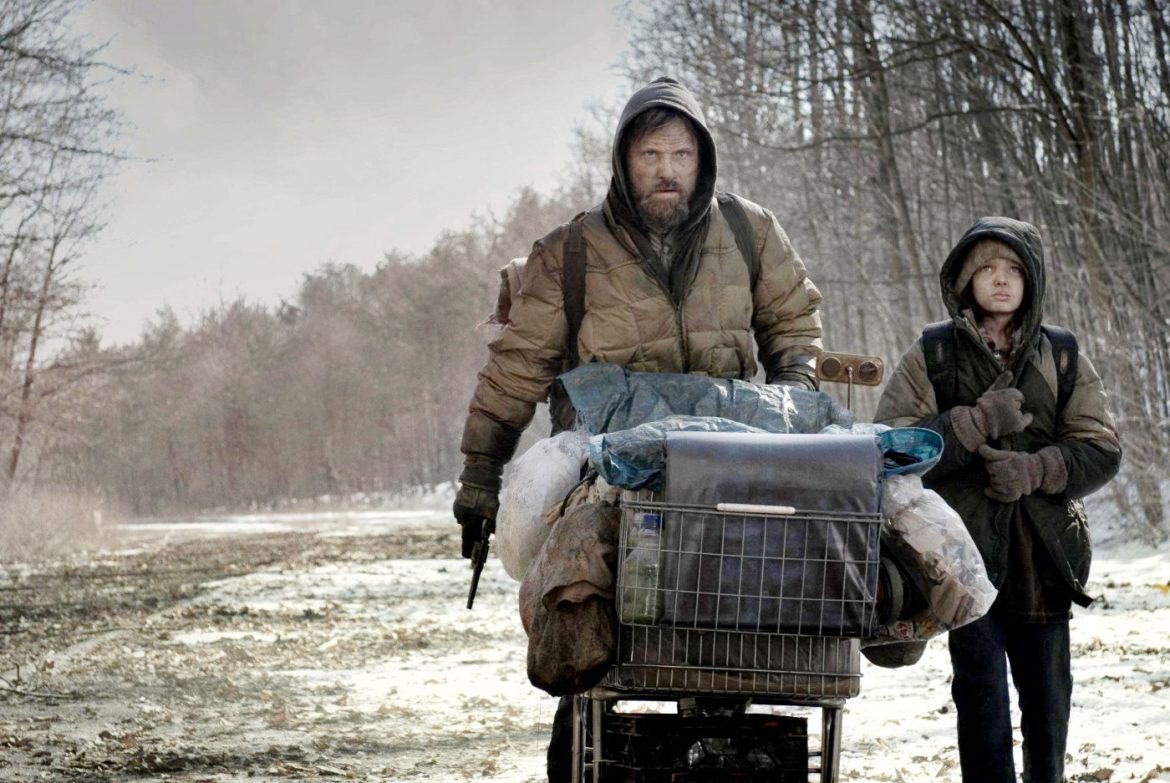Resolutely dour and shot in various shades of washed-out grey, John Hillcoat’s adaptation of Cormac McCarthy isn’t a very cheerful affair. But the atmosphere Hillcoat and DP Javier Aguirresarobe create in The Road, shooting on location and intercut with flashbacks to a brighter world, is entirely appropriate to the post-apocalyptic narrative. Nick Cave’s score is pitch-perfect, and Viggo Mortensen’s performance is better than some of the sentimental lines he has to deliver.
McCarthy’s story, as adapted by Joe Penhall, is elemental in its simplicity — to the point that Mortensen is credited as “Man” and his son (Kodi Smit-Mcphee, adequate) as “Boy”. The world has collapsed into an empty, frightening wasteland, and no one has time for names anymore.

We follow the Man and the Boy as they head south in what used to be the U.S., searching for the coast and what they hope will be some kind of promise of survival. In the meantime, they dodge cannibalistic gangs, rifle through the refuse for scraps of food (neither crops nor animals have survived), hide at the slightest sound of approach, and keep a loaded gun in case suicide becomes necessary to stave off worse fates. We are watching them starve, but Mortensen urges his charge to “carry the fire” — that is, hope, a belief in “good guys” and decency itself, the basic idea of a new day coming.
This is McCarthy’s frontier existentialism taken as far as it can go, and everyone in The Road is up to the challenge. Some scenes approach horror formulations, but most focus on the grinding realities and necessities of survival — the search for a warm place to sleep, shoes to wear, a bunker to pillage for supplies. Audiences might find it a tough slog; The Road makes only rare concessions to those hoping for glimmers of light in the dark.
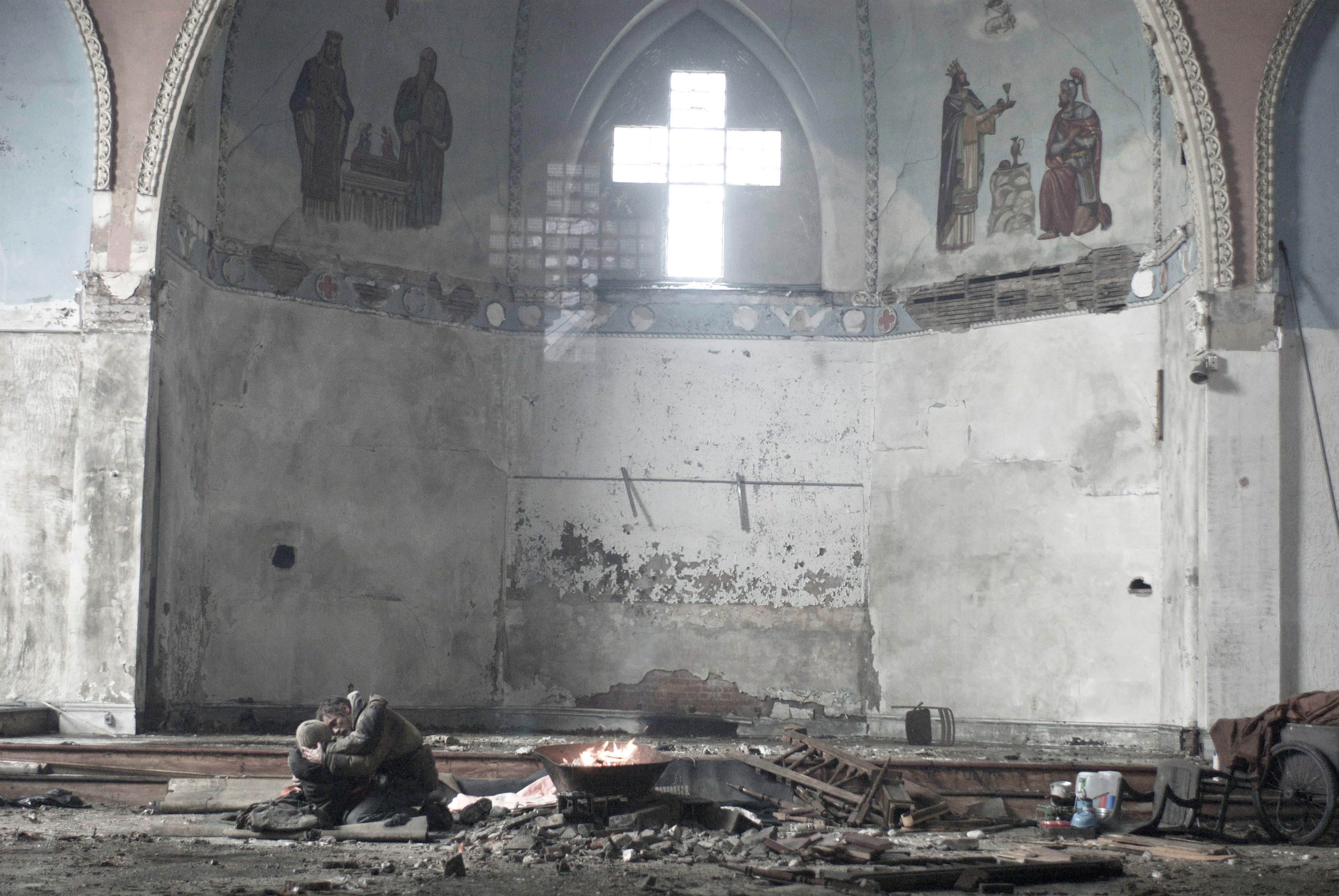
Still, it’s a film of total conviction to its premise. This, unfortunately, is probably what it will be like after the fall. The gonzo antics of something like the Mad Max series might make for a better time, but The Road has a different, more grim vision: the future will be lonely and cold, and we will be hungry and lost, and the people who survive will, by and large, have become monsters.
Will anyone be able to carry that fire? In the age of Donald Trump, I guess we’ll see.
Quick Links
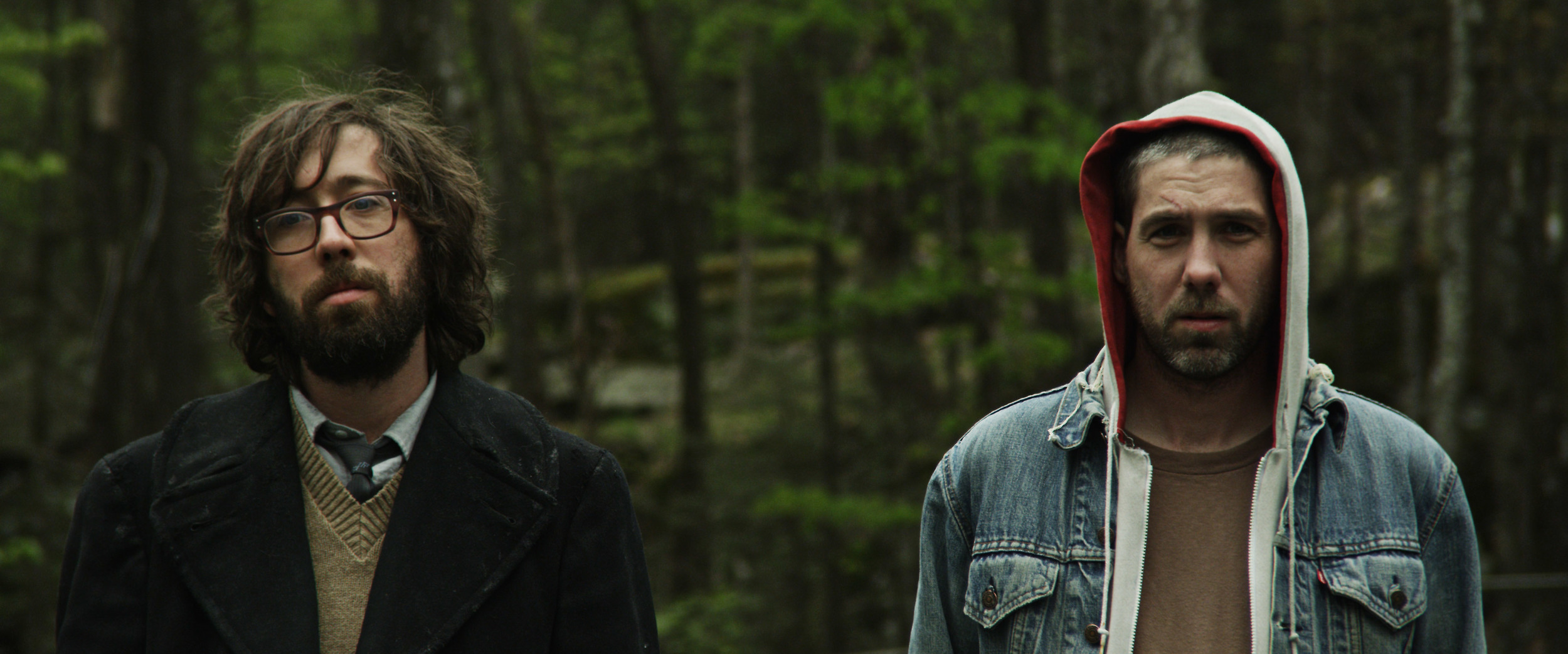
Doomsdays: Post-apocalyptic and dystopian futures seem to be having a moment, but then that’s always seemed kind of true. If The Road is too bleak for your taste, here’s Doomsdays to lighten up the mood. Its protagonists, a nihilistic fake-scholar in a professor’s outfit and a peak oil-obsessed sociopath, aren’t waiting for the end of days to start prepping. Traveling around the Catskills, they plunder vacation homes and stay until there’s nothing left or the owners show up.
Along the way, they pick up a naive little goober who admires their hobo-chic slumming and a woman who they each promptly fall for in turn, as the very world they sneer at starts to infiltrate their anarchic circle in exceedingly bourgeois ways. Justin Rice and Leo Fitzpatrick have a nice chemistry, and writer/director Eddie Mullins strikes a nice balance between the pessimistic and twee-comic, as he send his characters on a journey to nowhere in particular. The film kind of putters out towards the end, as though they ran out of things to say, but there are enough quality character interactions and well-constructed imagery to make Doomsdays worth recommending.
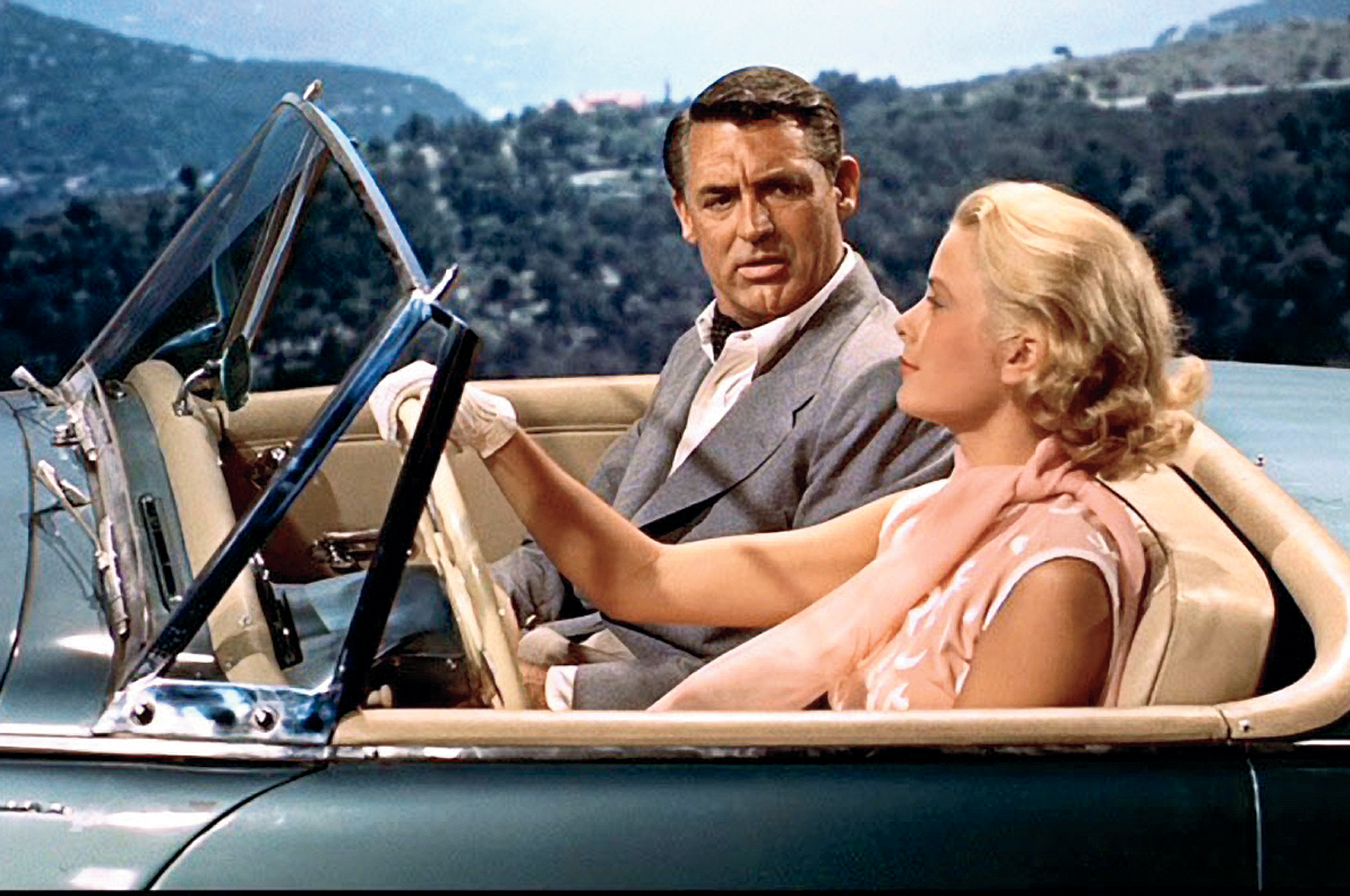
To Catch A Thief: By almost any measure, To Catch A Thief is not top-tier Hitchcock. The “suspense” at its center is almost non-existent, and it boasts a remarkable lack of theivery for something that purports to be a heist movie. But, man, is it beautiful to look at. Cary Grant is impossibly debonair, Grace Kelly is delightful and lovely as ever in her almost-final film before going off and becoming an actual princess, and Edith Head’s costumes are things to marvel at. Hitchcock’s deployment of VistaVision makes the French Riviera look like a kind of heaven you want to live in forever, and there’s plenty of witty banter to keep you entertained. It’s no Vertigo or Rear Window, but what is? (Aside from Vertigo and Rear Window.) I can imagine a worse way of losing two hours than luxuriating in all this splendor.
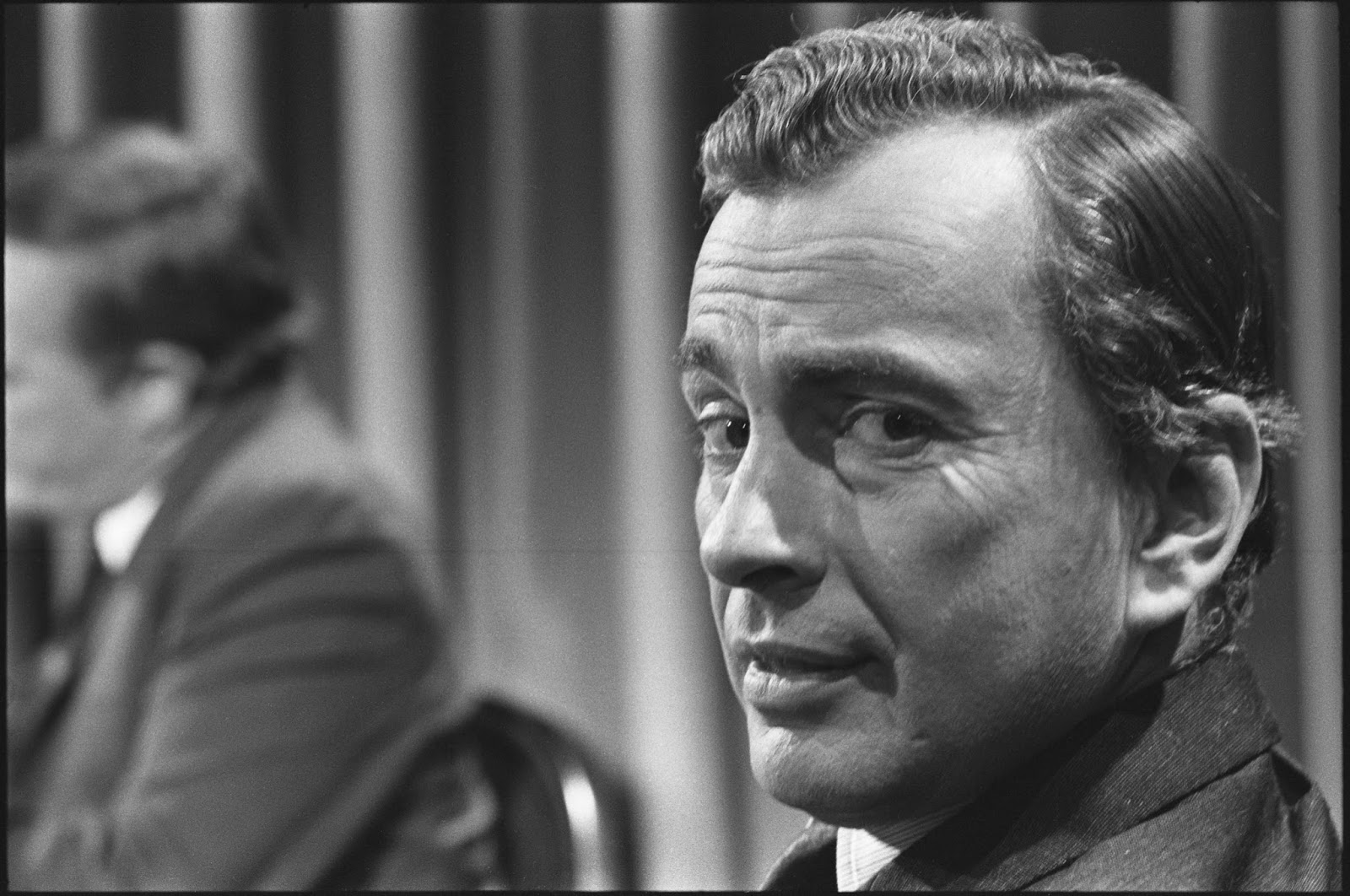
Best of Enemies: Gore Vidal and William F. Buckley did not care for each other. At all. This documentary tracks a pivotal showdown between the two during the 1968 Republican National Convention, the first time a TV network aired such a gloves-off, live debate. There was no love lost, and it shows. The doc grinds to an uncomfortable halt when it tries to provide coverage of the fallout from their legendary encounter, but the actual archival footage is absolutely riveting. We live in the world this interaction helped create, where people are far more concerned with takedowns than coherent points. But, in its infancy, we get to see two extraordinarily large personae who genuinely, profoundly disliked each other going to war with relish, each of them armed with a kind of fluency and candor that’s completely gone from our TV screens these days. It’s a spectacle, in the best sense.
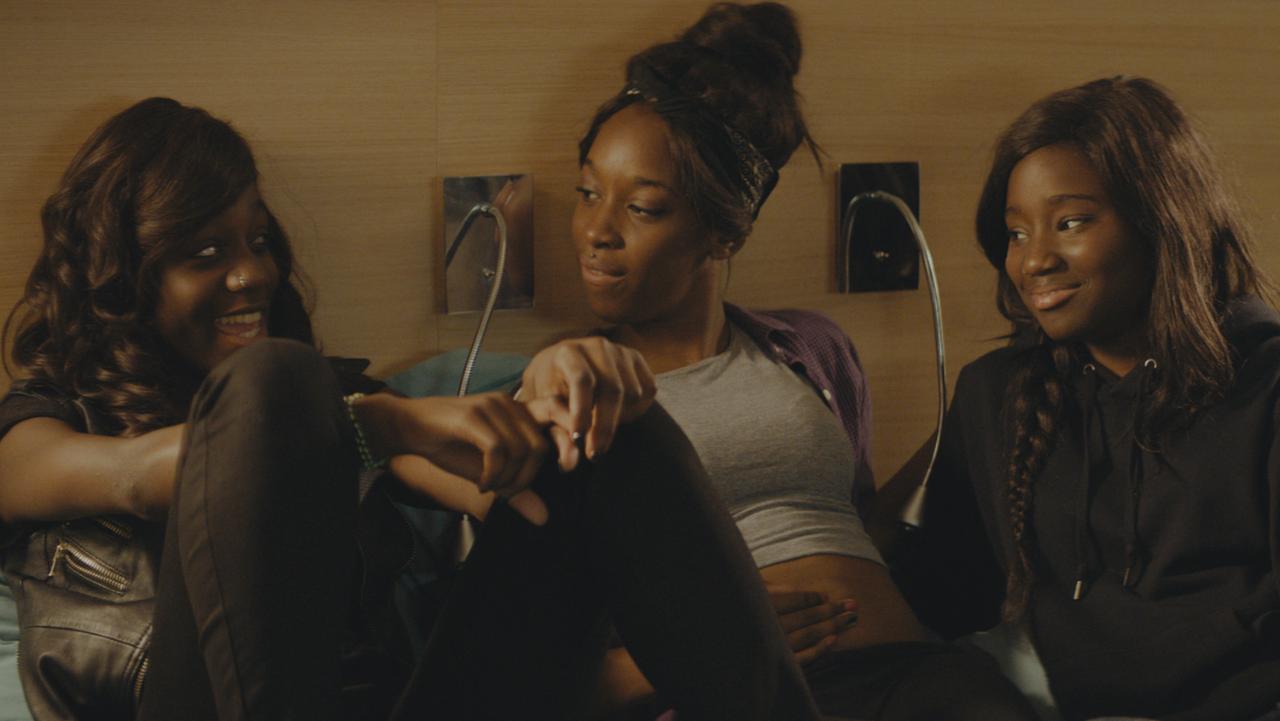
Girlhood: Have I recommended Girlhood recently? Oh, I have? Too bad, I’m doing it again.
Céline Sciamma’s third feature (after 2011’s Tomboy and 2007’s Water Lilies, both essential) is a masterpiece, and if you haven’t seen it yet, now’s the time. Anchored by an incredibly assured performance by Karidja Touré, Girlhood explores race, class, and gender in consistently thrilling but never pedagogical ways. It’s a film about non-male relationships that never once hedges its bets by empty appeals to universality or narrative conventions that might put audiences at ease; in other words, it’s relentlessly honest. Schiamma needs to make more movies, because no one is doing a better job right now of charting confusion, conflict, love, and release, and doing so with an eye towards beauty in the margins.

